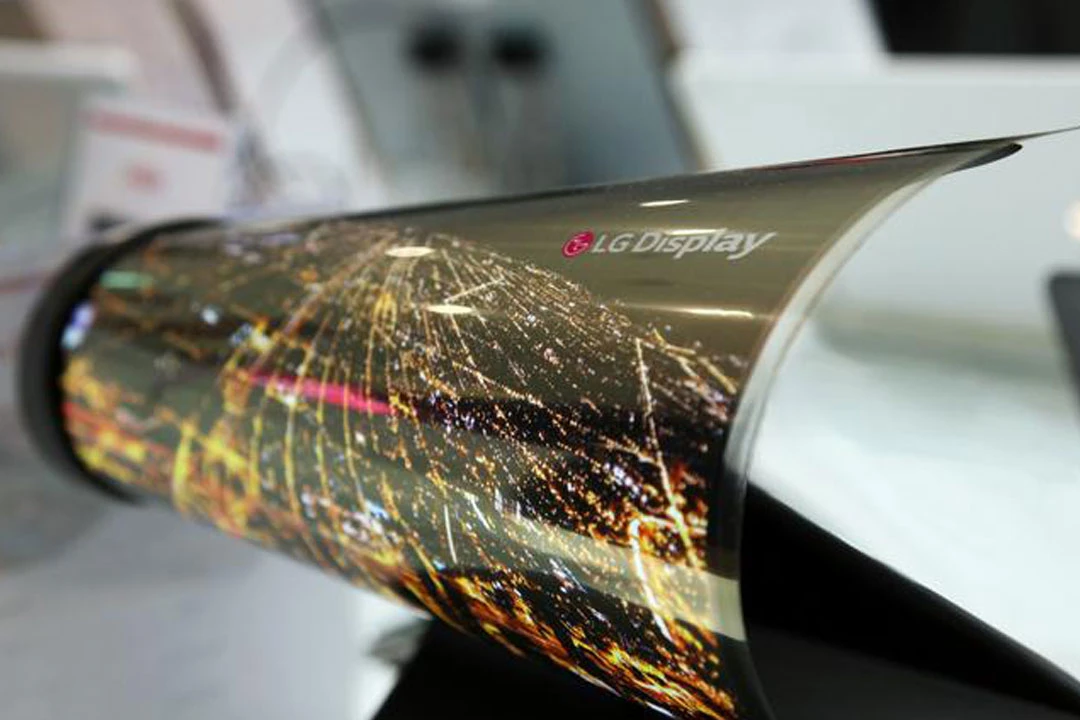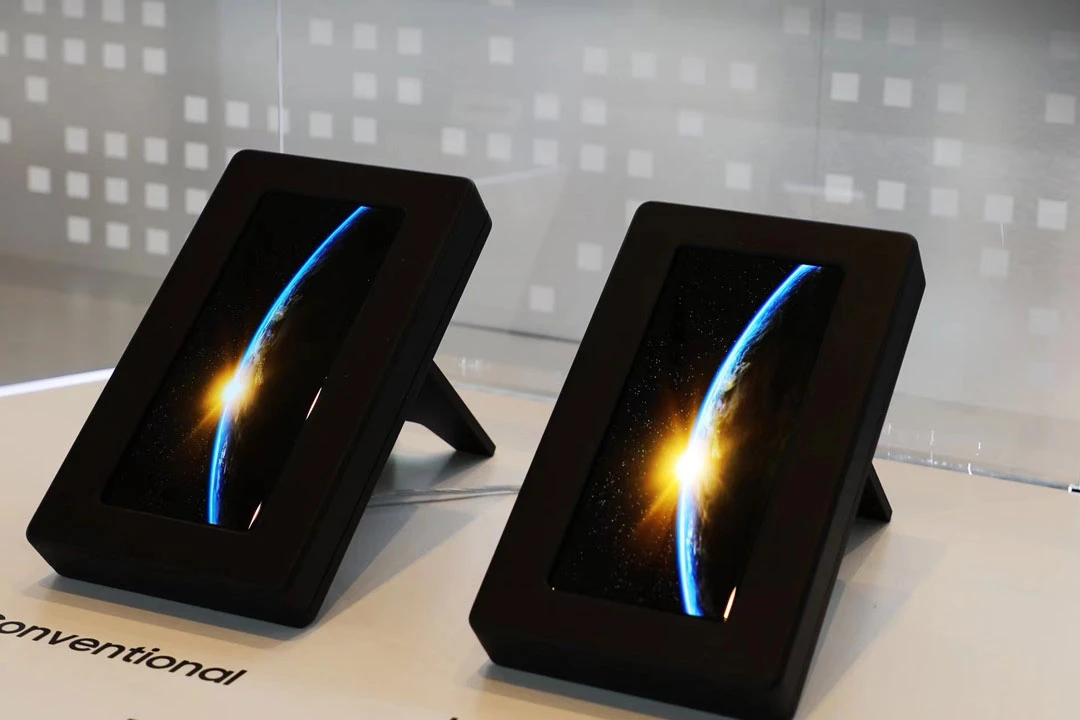China's Ascendance in OLED Market Share
In the first half of 2024, Chinese panel companies have captured a significant 50.7% share of the global smartphone OLED panel shipments, marking a notable 10.1 percentage point increase year-over-year. This surge has seen traditional leaders like Samsung Display and LG Display from South Korea witnessing a decline to 49.3% of the market share.

Technological Shifts and Market Strategies
The dominance shift in the OLED market underscores a broader trend where Korean manufacturers, following setbacks in LCD panels, have refocused efforts on higher technological barriers, such as OLED displays. Small and medium-sized OLED panels are now the battleground for market supremacy, boasting the largest scale and highest profits within the OLED sector.
The global landscape of OLED smartphone displays is undergoing a seismic shift, with Chinese manufacturers emerging as formidable contenders against traditional South Korean giants like Samsung and LG. According to recent data from CINNO Research, China's panel companies have surged ahead, commanding a commanding 50.7% share of the global OLED smartphone panel shipments in the first half of 2024. This marks a significant 10.1 percentage point increase from the previous year, while South Korean firms have seen their share shrink to 49.3%.
The transition in market leadership reflects a strategic pivot by Korean display manufacturers towards OLED technology after facing challenges in the LCD market. OLED panels, particularly in small to medium sizes, have become the pivotal arena for market dominance. Omdia statistics from June this year highlight OLED's ascendancy, surpassing LCD with a 51% share in the global smartphone display market, a first-time achievement.

In the eyes of Korean media, China's overtaking of Korean enterprises in OLED panel market share during the first half of the year was somewhat expected. By the first quarter, Chinese OLED displays had already secured a 53.4% market share in the domestic smartphone sector, surpassing Korean counterparts for the first time.
The market dynamics are driven by increased procurement of domestic flexible AMOLED displays by Chinese smartphone brands such as Huawei, Xiaomi, OPPO, and vivo. This trend has steadily narrowed the market share of Korean manufacturers.
During the first half of 2024, Samsung Display (SDC) reported a 27.3% year-over-year increase in shipments but saw its market share decline from 51.6% to 43.8% compared to the same period last year, a decrease of 7.8 percentage points.
On the other hand, Chinese companies have shown remarkable growth: BOE (BOE) saw a 31.4% increase in shipments, maintaining a 16.1% market share as the global second-largest and domestic leader, despite a 2.3 percentage point decline year-over-year. Visionox (002387) reported a staggering 129.3% increase in shipments, capturing an 11.3% market share, a rise of 3.9 percentage points. CSOT (CSOT), another Chinese firm, achieved a 179.3% increase in shipments, securing a 9.7% market share, up by 4.5 percentage points, marking the largest year-over-year increase in both shipment volume and market share.
Quarterly data reveals a positive trend in global AMOLED smartphone panel shipments, with significant growth in the second quarter. According to CINNO Research, global shipments reached approximately 220 million units in the second quarter of 2024, a year-over-year increase of 55.3% and a sequential increase of 13.1%, demonstrating sustained growth.
South Korea's "Economic Daily" reported concerns over Korean companies falling behind in OLED technology investments compared to their Chinese counterparts, raising fears that they may struggle to resist China's rising dominance in the OLED market.
In March 2024, BOE announced plans to invest 63 billion RMB in building an 8.6th generation OLED factory dedicated to producing small and medium-sized panels. In contrast, Korean semiconductor giants Samsung and LG collectively invested 50 trillion won (approximately 262 billion RMB) to construct similar OLED panel factories.
Korean media speculates that China's rapid catch-up in the small to medium-sized OLED display market may dampen the prospects for Korean OLED manufacturers, who have been grappling with losses. Recently, LG Display, the world's largest manufacturer of large OLED panels, divested its stake in major suppliers and implemented workforce reductions as part of its restructuring efforts to return to profitability.
